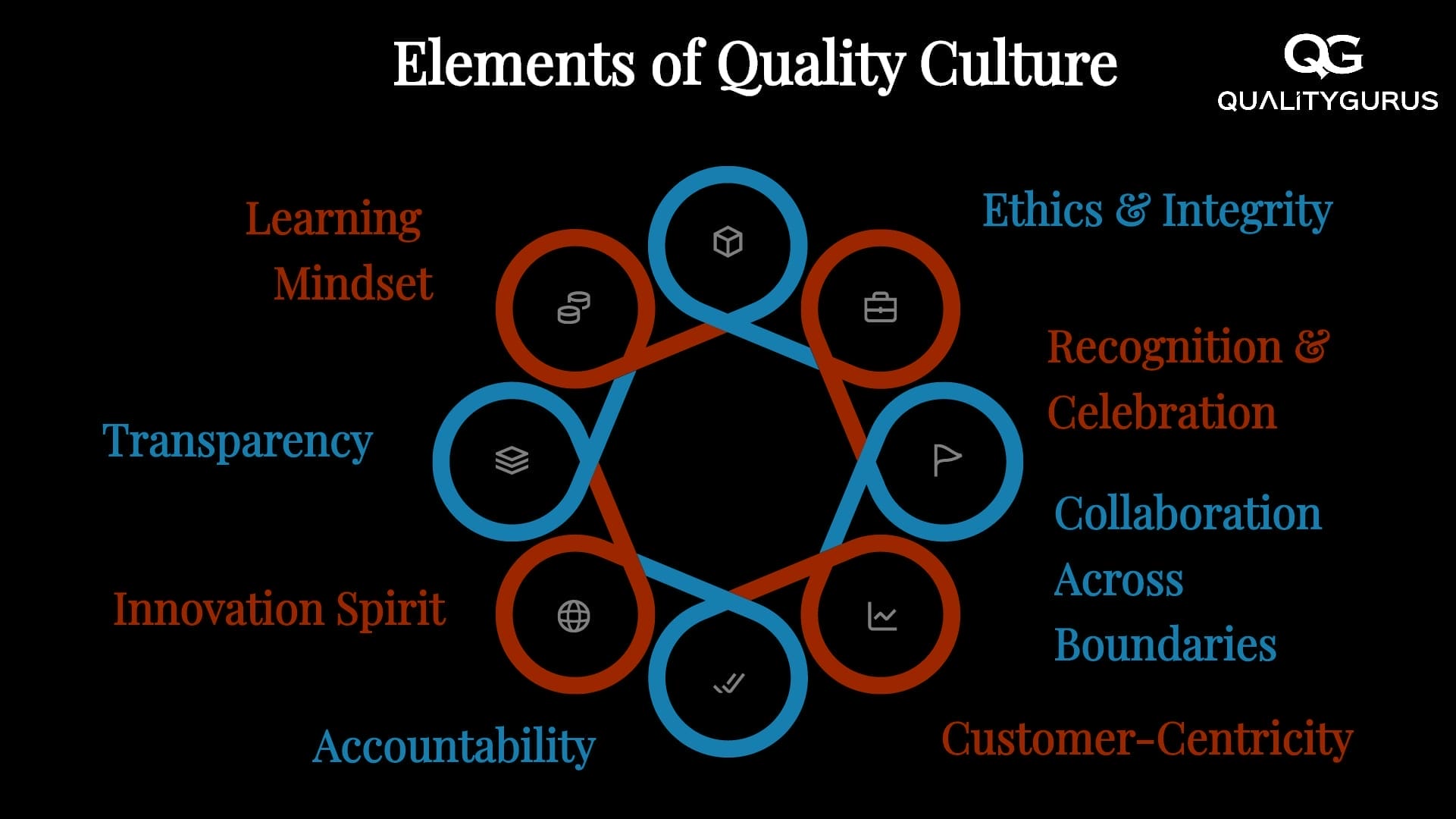The ISO 9001:2026 Draft International Standard (DIS) places new emphasis on the human and cultural aspects of quality. Beyond policies and procedures, the draft explicitly links quality management to organizational culture, ethics, and the environment in which people work.
Leadership and Culture (Clause 5.1.1)
The draft requires top management to “promote quality culture and ethical behaviour”.
This elevates culture from a soft, optional concept into a formal requirement. Leaders must now show evidence that they are embedding values of quality, ethics, and integrity into the organization’s daily operations.
This change reflects a recognition that quality cannot be sustained by documentation alone. Culture, meaning how people think, act, and make decisions, determines whether systems succeed or fail.
Awareness of Culture (Clause 7.3)
Employees are now required to be aware not just of quality policies and objectives, but also of “organizational quality culture and ethical behaviour”
This ensures that culture is lived at every level, not just set by leadership.
For organizations, this means culture must be actively communicated, reinforced, and measured. Awareness training, role-model behaviors, and transparent decision-making are practical ways to meet this requirement.
Culture Reflected in the Work Environment (Clause 7.1.4)
Perhaps the clearest link between culture and quality comes in Clause 7.1.4, which expands the definition of work environment. It now includes not only physical factors such as temperature, humidity, hygiene, and noise, but also social and psychological factors such as:
- Non-discrimination, calmness, non-confrontation (social)
- Stress reduction, burnout prevention, emotional protection (psychological)
The clause explicitly notes that some of these factors are dependent on organizational quality culture, including ethical behaviour. This makes culture part of the operational environment itself, directly influencing conformity of products and services.
Why This Matters
ISO 9001:2026 recognizes that people and culture are as important as processes and technology. A toxic, stressful, or ethically compromised environment undermines quality, no matter how strong the documented system is.
By requiring leadership to promote culture, employees to be aware of it, and workplaces to reflect it, the draft standard makes culture and ethics a structural component of the QMS.
This is a fundamental shift: quality is no longer just what you do, it is how your people behave, interact, and sustain an environment where excellence can thrive.
Bottom line: ISO 9001:2026 connects quality culture to leadership, awareness, and the work environment, making it clear that building the right culture is not optional, it is a requirement.

